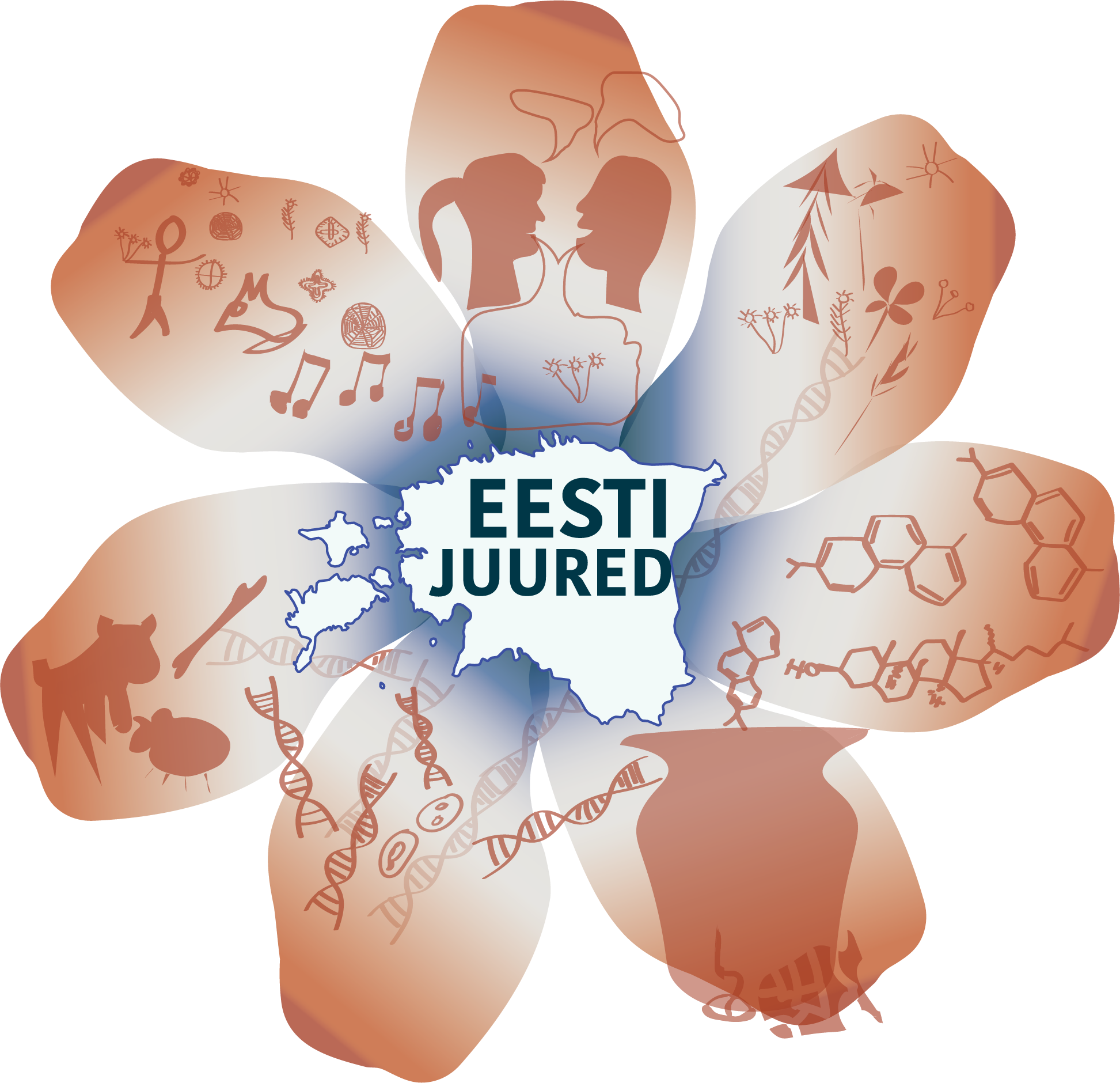There are hundreds of stems in the vocabulary of Finnic languages, including Estonian, the further origin of which is unknown. They can have a narrower (Estonian-Livonian, Estonian-Votic) or a wider distribution, that is, that they are in almost all the Finnic languages or, for example, in the South Finnic languages. Cognates for these have not been found in the more distant Finno-Ugric languages nor convincing loan origins in Indo-European languages or their earlier levels of development (proto-languages). These kind of stems are regarded as so-called native Finnic stems.
At the moment it is known that the speakers of Proto-Finnic or the dialect of West Uralic were not the indigenous peoples of the Estonian territory. Although archaeological data indicate that the Estonian territory before the arrival of Finno-Ugrics was sparcely and unconstantly populated, it is likely that the Estonian territory was not completely void of human habitation and smaller groups of natives encountered Finno-Ugric immigrants. During the course of the arising contacts the natives were assimilated, taking over the language and culture of the newcomers and leaving traces of their language into the forming Proto-Finnic. The ascertainment of stems deriving from the language of the prehistoric natives is difficult, because nothing besides its assumed substrate in contemporary languages is known about the language.
The larger groups of the presumed substrate vocabulary's semantic fields are geonyms, animal (incl. fish) names, names of plants and their parts as well as body part names, although they include also adjective and verb stems.
A part of Estonian toponyms and their formants may also be of substrate origin. Since the purported substrate stems do not differ significantly in their phonotactic characteristics from the rest of the Finno-Ugric vocabulary (unlike e.g. the Sami substrate vocabulary), it has been assumed that the local natives could have spoken a Para-Uralic dialect (having diverged from pre-Proto-Uralic), the phonetics and phonotactics of which did not differ significantly from the corresponding features of the incoming language of the Finno-Ugrics.
The typological similarity of the languages does not necessarily, however, point to a genetic kinship. An alternative possibility has been presumed that the source of the substrate could be pre-Proto-Germanic or a dialect of Northwestern Indo-European. It is also possible that there are no living relatives of the language that was the source of the substrate. The study of the characteristics and origin of the Finnic substrate continues, although drawing final conclusions based on currently existing research methods might not be possible.


